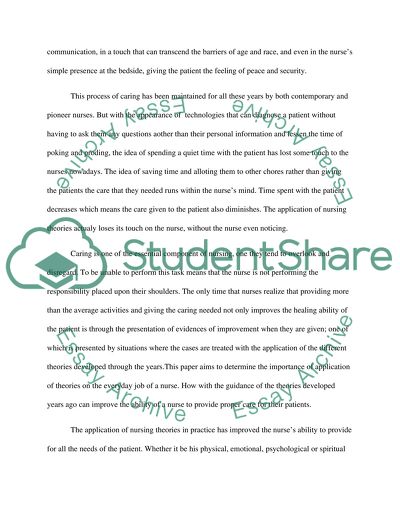Cite this document
(“Applying Theory to a Practice Problem of Nursing Essay”, n.d.)
Retrieved de https://studentshare.org/nursing/1391522-applying-theory-to-a-practice-problem-of-nursing
Retrieved de https://studentshare.org/nursing/1391522-applying-theory-to-a-practice-problem-of-nursing
(Applying Theory to a Practice Problem of Nursing Essay)
https://studentshare.org/nursing/1391522-applying-theory-to-a-practice-problem-of-nursing.
https://studentshare.org/nursing/1391522-applying-theory-to-a-practice-problem-of-nursing.
“Applying Theory to a Practice Problem of Nursing Essay”, n.d. https://studentshare.org/nursing/1391522-applying-theory-to-a-practice-problem-of-nursing.


